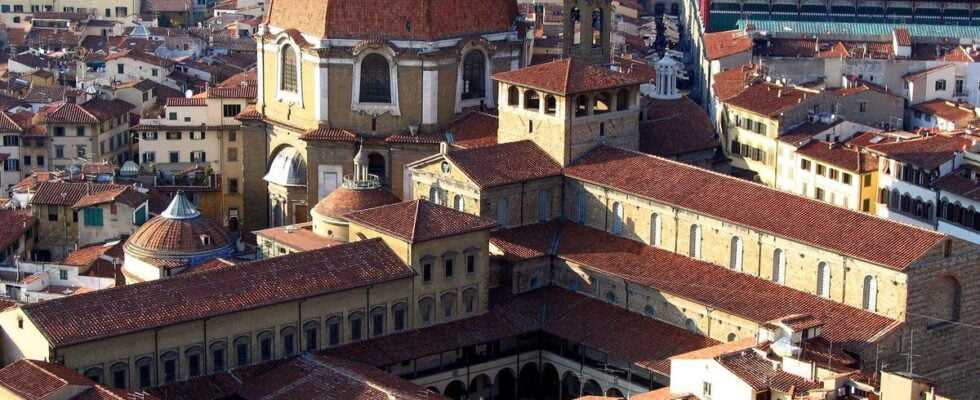Published
“There was at least one epileptic seizure in front of Venus,” says the director of the Uffizi Gallery in Florence. The building, furnished with art, even caused a heart attack in a 68-year-old.
Florence is so beautiful that tourists almost collapse in amazement.
According to the chairperson of the Friends of Florence art foundation, there are ten to 20 such cases per year.
The phenomenon is known as “Stendhal Syndrome”.
Stomach pain, racing heart, weak knees – these symptoms plague people who visit Florence. I’m sorry, what? Why? The phenomenon is called “Stendhal Syndrome” – a psychosomatic illness that arises from a cultural overload of stimuli. In other words: the Italian town with its historic city center is so beautiful that tourists almost collapse in amazement.
Ecstasy and hallucinations
The name of the phenomenon comes from the French writer Marie-Henri Beyle, who became famous under the pseudonym Stendhal. “The idea of being in Florence put me in a kind of ecstasy,” he wrote in 1817 about a trip to the Tuscan capital. “A violent palpitation seized me, the source of life had dried up in me, and I went in constant fear of falling to the ground.”

Michelangelo’s David in the Galleria dell ‘Accademia in Florence.
Wikipedia / Jörg Bittner Unna / CC BY-SA 3.0
The psychiatrist Graziella Magherini described the phenomenon in 1989 as a “psychiatric disorder”. According to the BBC, she observed 106 patients who suffered from dizziness, palpitations, hallucinations and depersonalization while looking at the sculptures by Michelangelo and the paintings by Botticelli. The psychological effect of these masterpieces is so great that tourists suffered panic attacks, said the professor in an interview in 2019.
Painting triggers heart attack
According to Simonetta Brandolini d’Adda, chairman of the Friends of Florence art foundation, there are around ten to 20 such cases per year. “It happens to people who are very sensitive and have probably waited all their lives to come to Tuscany.” Some people would lose their bearings and their minds while looking at the works of art in the city – or just cry unrestrainedly.

The Birth of Venus (La nascita di Venere) by Sandro Botticelli.
Wikipedia / Sandro Botticelli / Public Domain
Sandro Botticelli’s painting “The Birth of Venus” is a typical trigger for symptoms. “There was at least one epileptic seizure in front of Venus,” says Eike Schmidt, director of the Uffizi. The building, furnished with art, even caused a heart attack in 68-year-old Carlo Olmastroni. He collapsed in the Uffizi Gallery in December 2018 while looking at Venus, says Schmidt.

View from Palazzo Vecchio towards the Arno.
Wikipedia / Samuli Lintula / CC BY 3.0
“However, the diagnosis was not Stendhal syndrome,” says Olmastroni today. “But closure of two coronary arteries.” Perhaps they would have decided when they saw Venus that there was nothing more beautiful to see and therefore closed themselves permanently, Olmastroni joked to “CNN”.
Self-fulfilling prophecy?
It is generally difficult for professionals to diagnose the syndrome. “BBC” also spoke to Cristina de Loreto, a psychotherapist who lives and works in Florence. She says that looking at a work of art activates certain areas of the brain – similar to looking at a beautiful person. But that is not enough to diagnose Stendhal syndrome. “It’s not yet validated and you can’t find it in DSM-5, our manual of mental disorders,” says de Loreto.

She believes that there could be another explanation for the syndrome: The expectations of visitors to Florence are so high that it simply becomes too much for them when they are there. “It can be a self-fulfilling prophecy that some tourists feel something.”
As a member, you become part of the 20-minute community and benefit from great benefits and exclusive competitions every day!


